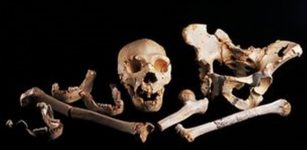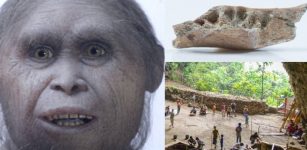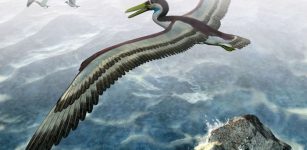Secrets Of The Pineal Gland: Our Ancestors’ Third Eye And Its Link To Mammal Evolution
MessageToEagle.com – The pineal gland, the third eye has been of great interest to several ancient civilizations, philosophers and early scientists.
In ancient times, pine cones have symbolized the “pineal gland”, or “Third Eye” and according to esoteric teachings there were several methods to awake it and benefit from its full potential.
The pine cone symbol can be found in the ruins of the Indonesians, Babylonians, Egyptians, Greeks, Romans and Christians.
French philosopher René Descarte famously referred to the pineal gland as the Seat of the Soul.

The Third Eye – A Long Vanished Organ
Modern scientists know that the pineal gland is an evolutionary relic of a long-vanished organ.
There are still many reptiles that have a third eye. One of them is the three-eyed Tuatara, the closest living relative to the dinosaurs.
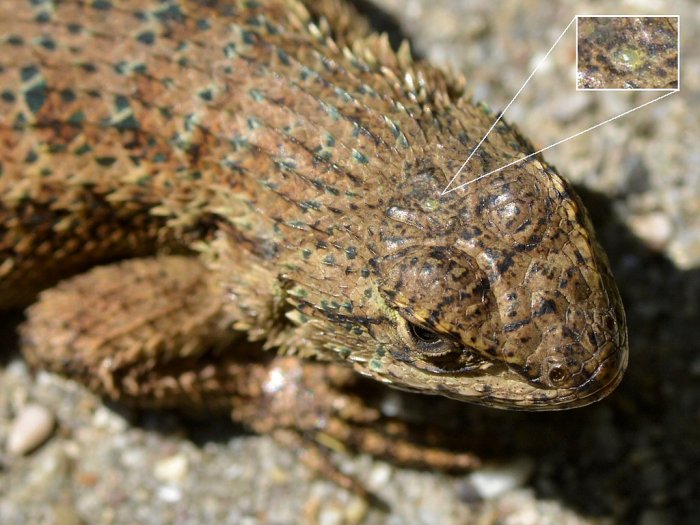
All reptiles that still have the pineal eye today are “cold blooded”. They have what is known as an ectotherm metabolism. Modern mammals have “warm blood” or an endotherm metabolism and these creatures do not have a pineal eye.
What is The Link Between Third Eye And Mammals?
Researchers at the University of the Witwatersrand, Johannesburg, South Africa used fossil remains from South Africa’s Karoo region to study when pre-mammalian species lost their pineal eye. By doing so, scientists hoped to unlock the secret of when “warm bloodedness” became a mammalian hallmark.
More than 600 skulls found in the Karoo’s incredibly rich fossil-bearing deposits dating back to between 300 million and 200 million years ago were studied.
According to Julien Benoit, Postdoc in Vertebrate Palaeontology, University of the Witwatersrand, the study revealed that mammalian ancestors likely shifted from “cold” to “warm” blood 246 million years ago. This was 10 million years before the first dinosaur even appeared.
“As with a regular eye, the pineal eye is made up of a cornea, a lens and a retina. Our paired eyes and the reptilian pineal eye are also very similar in terms of embryological development and the genes expressed during this. The pineal eye differs from a regular eye, though, in that it’s usually covered by a thick and large scale and can differentiate between light and dark only.
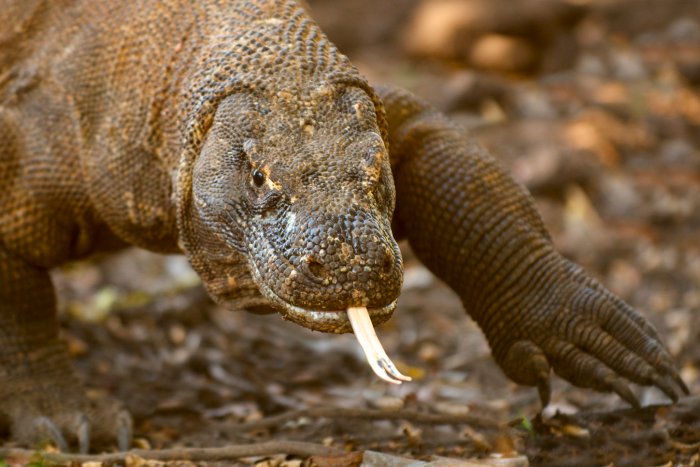
still have a pineal eye. Arturo de Frias Marques (Own work) via Wikimedia Commons, CC BY
Our regular eyes can also see variations between light and dark, day and night – so what’s the point of having an organ as redundant as the pineal eye? Research shows that in reptiles the pineal eye acts as a calendar. It can see days getting longer and nights getting shorter, and the reverse, and so tells the brain how seasons are changing. As a consequence, it monitors most life cycles such as sleep and reproduction rhythms, “Benoit writes in an article published on the Conversation.
“This is fascinating since our pre-mammalian ancestors did have a pineal eye and lost it in the course of their evolution toward a more mammalian condition. This suggested that by following the reduction and disappearance of the pineal eye through millions of years, we might be able to point out the time when our ancestors became “warm blooded”.
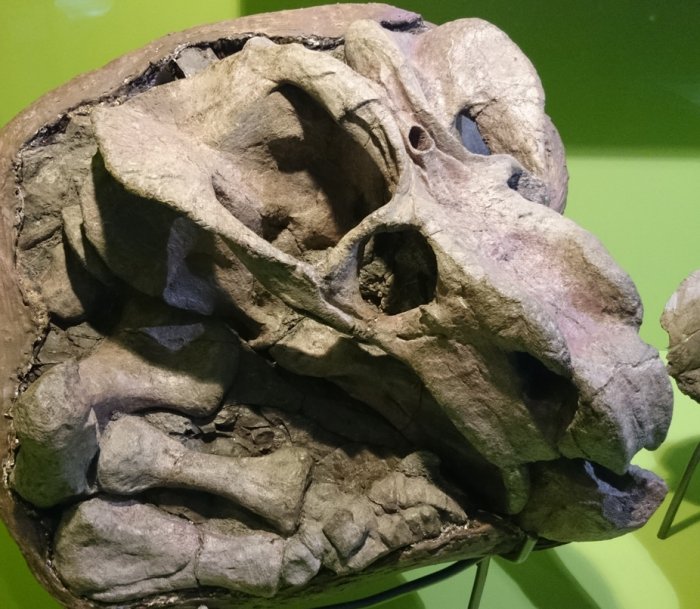
The pineal eye’s evolution is easy to study. It has an unmistakable bony correlate, the pineal foramen. This is a tube that pierces the skull roof for the pineal eye and nerve.
Most of our ancestors, the pre-mammalian therapsids, had such a foramen on the top of their heads, as can be seen in their fossilised skulls, and thus had a pineal eye. It’s reasonable to assume that this organ fulfilled a similar role in thermoregulation as it does in today’s reptiles.
See also:
Three-Eyed Tuatara Is The Closest Living Relative To The Dinosaurs
Tiktaalik Roseae: A 375-Million-Year-Old Fish Had Fins For Walking
Mamenchisaurus Hochuanensis: Dinosaur With The Longest Neck For Its Body Size
By checking for the pineal foramen in fossils, we reasoned, it would be possible to trace back the transition from a “reptile-like” to a “mammal-like” metabolism in the lineage that eventually led to mammals.
According to Benoit, “he pineal foramen was present in most pre-mammalian therapsids before 260 million years ago. After this the feature was increasingly absent. This suggests the pineal eye became dispensable and wasn’t needed for survival any more.
The increasing loss of the pineal foramen occurred in two lineages. One of these, the cynodonts, led to mammals. In their case, the pineal foramen disappeared entirely 246 million years ago.
During this period the transition from “cold blood” to “warm blood” was achieved.
MessageToEagle.com
Expand for references
